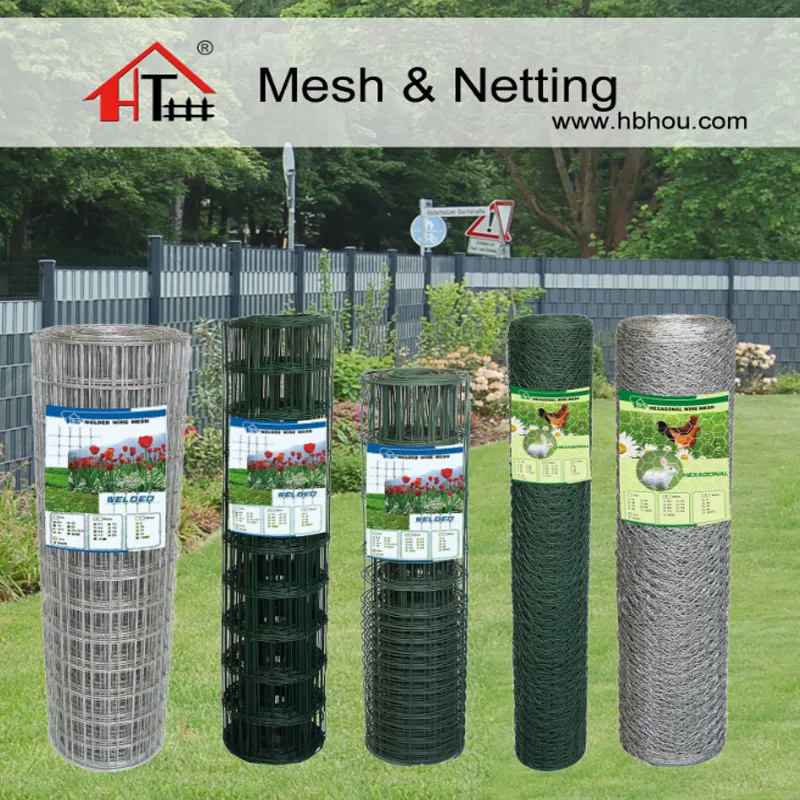Setting 4x4 Fence Posts Without Concrete A Practical Guide
When planning a fencing project, one of the most critical decisions is how to secure the posts. Traditionally, concrete has been the go-to solution for setting fence posts, providing durability and stability. However, more homeowners and DIYers are exploring alternatives that forego concrete, opting instead for methods that can save time and reduce costs while still providing a sturdy structure. In this guide, we’ll explore how to set 4x4 fence posts without concrete, ensuring your fence remains upright and secure for years to come.
Choosing the Right Location
Before you begin digging, it’s essential to identify the perfect location for your fence. Take your time to decide the layout, considering factors such as property lines, zoning regulations, and accessibility. Once you've marked the boundaries, you can begin measuring and marking the spots for the 4x4 fence posts.
Tools and Materials Needed
To set 4x4 fence posts without concrete, you will need the following tools and materials - 4x4 fence posts (pressure-treated wood is recommended) - Gravel (3/4 inch clean gravel works well) - A post hole digger or auger - A level - A tape measure - String line and stakes - Dirt or soil for backfilling - Water (for settling the gravel)
With these materials at hand, you are ready to commence the installation process.
Digging the Post Holes
Using a post hole digger or auger, dig holes that are approximately 2-3 feet deep, depending on the height of your fence. The depth is crucial for stability; generally, a depth of one-third of the total post height is a good rule of thumb. Ensure that the holes are at least three times the width of the posts, accounting for clearance and adequate support.
Placing the Posts
setting 4x4 fence posts without concrete

After digging, it's time to set your 4x4 posts. Start by inserting one post into the center of a prepared hole. Use a level to ensure that the post is vertical; this will help maintain the aesthetic and structural integrity of your fence. Adjust as necessary, and once satisfied with its position, proceed to the next step.
Adding Gravel for Stability
Instead of concrete, using gravel for support is an effective method to secure your posts. Begin by pouring several inches of gravel into the hole around the base of the post. The gravel allows for water drainage, reducing the likelihood of wood rot. As you add gravel, tamp it down firmly using a piece of wood or a tamper, ensuring that it fills any gaps around the post.
Continue to build up gravel around the post until it reaches ground level. This not only provides stability but also supports the post in an upright position. Once the hole is filled, check the level again to confirm that the post remains perfectly vertical.
Backfilling and Settling
After you’ve established the gravel base, backfill the remaining space with the original soil you excavated. Pack the soil tightly around the post to eliminate air pockets and enhance stability. Water the soil lightly to promote settling, and continue to add soil until it rises slightly above ground level. This slight mound will help divert water away from the post, further preventing potential rot.
Final Adjustments
Once all posts are installed, step back and conduct a visual check. Ensure everything is aligned and level. Utilize a string line and stakes to guide you in maintaining a straight line as you proceed with attaching the fencing material. You may need to make slight adjustments to the posts before the final settlement sets.
Conclusion
Setting 4x4 fence posts without concrete can yield impressive results when done correctly. This approach, relying on gravel and natural soil, not only saves on costs but also provides an eco-friendly alternative to traditional methods. With proper installation and care, your fence will stand strong, adding value and privacy to your home. Whether you’re a seasoned DIY enthusiast or a first-timer, this method is straightforward and effective. So roll up your sleeves and get started on your next fencing project today!
















